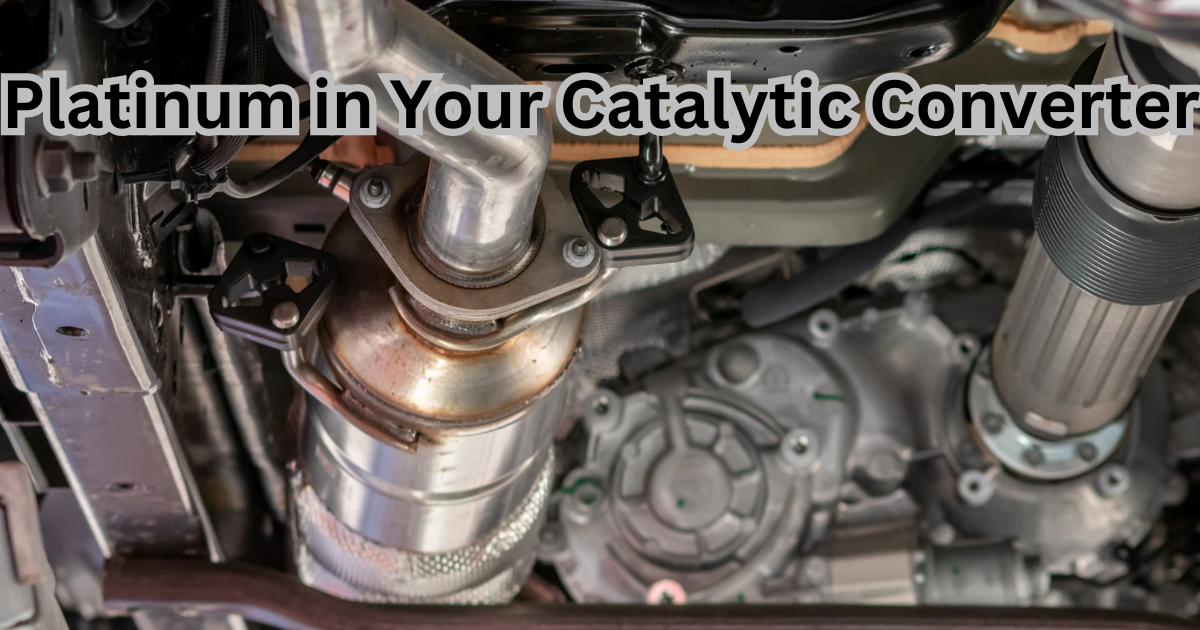Theft involving catalytic converters has been quite high in recent years. This is due to the fact that the component in question has been found to contain valuable metals, which might potentially benefit the criminals involved financially.

How Much Is Platinum In A Catalytic Converter?
Around 3–7 grams (0.106–0.247 ounces) of platinum is found in a typical catalytic converter. The amount of platinum in a catalytic converter can be determined by looking at the year, model, and manufacture of the car. Cars can vary greatly in the quantity of platinum they contain; some have very little, while others can have twice as much.
Due to its exceptionally low emissions, the 2016 Toyota Prius gives the impression of having a high platinum content. Amazingly, the vehicle had the designation of a SULEV, or Super Ultra Low Emissions Vehicle. The 2016 AT-PZEV (Advanced Technology Partial Zero Emission Vehicle) rating served as the basis for this.
Regrettably, there is some bad news with the good news! Reason being, compared to other cars on the road, this one has a higher concentration of valuable metals in its cat converter, making it an easy target for thieves. Truly, a great level of vigilance is required of Prius drivers.
At the first available opportunity, some auto theft experts will remove the converter. Again, though, these folks aren’t just curious about the part; they know the value of platinum and its quantity in catalytic converters.
If you want to know, “What is the amount of platinum in a catalytic converter for a Honda Accord?” The expected range is anywhere between three and seven grams. When people want to know how much platinum is in a BMW catalytic converter, they get the same answer.
Therefore, what is the significance of platinum? Let’s take a look at the catalytic converter and why platinum is important.

What is the Reason to Use Platinum in a Catalytic Converter?
Hydrocarbons (HC) and carbon monoxide (CO) are oxidized in the catalytic converter by using platinum. By facilitating the reduction-oxidation (redox) reaction, the catalyst transforms these hazardous compounds into a less dangerous gaseous byproduct.
Because the platinum and other metals in a cat converter reduce the amount of harmful substances in the exhaust and regulate the smell caused by pollutants, you can rest assured that your vehicle will pass emissions testing.
For that reason, operating a motor vehicle without a catalytic converter is entirely forbidden by law. Taking the part out of the car is risky for the driver and the environment.
Thievery involving such a vital vehicle part is, thus, deeply regrettable. Even though it’s expensive, the part it plays in maintaining a toxic-free environment is crucial because of the catalysts it contains.
Conclusion
With this newfound knowledge of the platinum content of catalytic converters, safeguarding your vehicle’s converter should be your top concern. Always keep in mind that the catalytic converters themselves are worthless without the valuable metals they contain.




